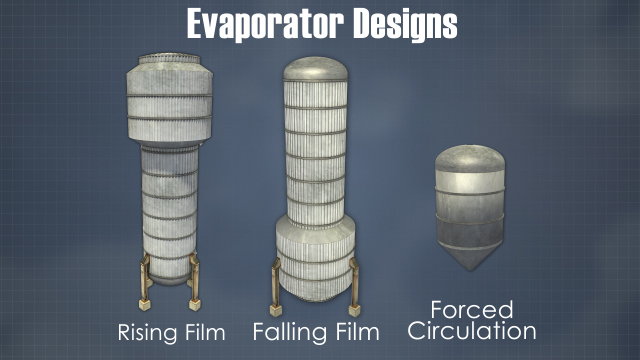Black Liquor Evaporators – Operations
Multiple-effect evaporator sets are used to remove water from black liquor so that it can be fired into a recovery boiler and the pulping chemicals can be recovered for reuse. The efficient operation of the evaporators is critical to the mill’s economic success and environmental compliance. This module describes the operations of the most common black liquor evaporator designs. It then details some common problems and their impact on the capacity and economy of this process.









Demos + Pricing
Learn more about our courses, get pricing, and see our platform.
Course Details
Learning Objectives
• List hazards and safety guidelines for black liquor evaporator systems
• Describe the operation of multiple effect evaporator sets
• Define “steam economy,” “multiple effect,” “driving force,” “boiling point rise,” “scale,” and “boil out”
• Identify conditions that can cause low surface condenser vacuum
• Identify conditions that can reduce evaporator set capacity
• List methods to detect internal leaks in evaporators
• List methods for locating condensate contamination sources
Specs
Frequently Asked Questions
What is a multiple effect evaporator set?
How are NCGs removed from the surface condenser?
What is the thermal driving force in an evaporator set?
What is boiling point rise?
What is “”boil out””?
Sample Video Transcript
There are several different evaporator designs and they all contain two major parts. The first is the heating element. Usually a vertically arranged heat exchanger where the vapor or steam condenses and transfers its heat to the black liquor. The second part is the vapor body. Also referred to as the vapor head or dome, which provides space for the concentrated liquor and water vapor to separate. The heating element is designed to provide as much surface area as possible for the vapor to condense and transfer heat to the liquor. The more heating surface that is available, the more the solution can be heated. Sets of tubes or parallel plates are commonly used. Black liquor and vapor or steam are both continuously fed into the evaporator. And concentrated liquor, water vapor, and condensate are all continuously discharged.













